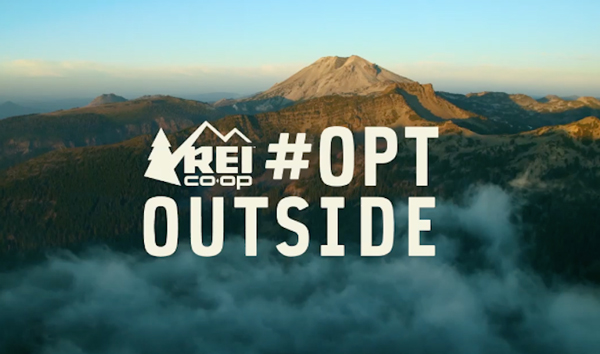Omnichannel Versus Multichannel Marketing
Best-selling author and content marketing expert Ann Handley described omnichannel marketing as “a seamless and unified experience across every channel” for the customer. Continuing, Handley stated that omnichannel marketing “refers to the overall brand experience that a customer has of you across any platform, any channel, in person, or online, every step of the way.” Omnichannel marketing emphasizes a personalized, customer-centric view, focused on the point of view of the customer instead of the marketing team. It is completely integrated to provide a consistent experience for the customer across all channels, whether that be social, online, or in print. Additionally, omnichannel marketing follows a customer through his or her purchase journey, updating as they make purchases, for example.
Ann Handley gave a great example of omnichannel marketing with the company Baking Steel, which sells high quality baking sheets specifically designed to bake the perfect pizza. The company’s story tells of a love of food, family, and togetherness, something that all consumers can relate to and feel good about. On their website, Baking Steel has a blog with recipes for which customers can use their products to try new meals with family. This is a channel through which they sell their brand and tell their story, with the customer at the center. All of their customer touch points maintain a cohesive theme and story, making it an excellent example of omnichannel marketing.
On the other hand, multichannel marketing is when a company uses several different modes to communicate their ideas to a customer, putting the company at the center of the channels instead of the customer. Because it is not customer-central, multichannel marketing does not allow for the same level of personalization as omnichannel. Multichannel, however, casts a wider net and more easily reaches customers in different target segments through its use of many different channels. It gives each channel the freedom of its own strategy and ideas. Because of this, marketers can use A/B testing amongst channels in a multichannel marketing strategy to test which images, messages, and touch points work best.
One of the first companies to utilize multichannel marketing was JC Penney. JC Penney was the first department store to sell online, opening up a never before used channel. In the present, they continue to operate online and in brick and mortar stores, but they have expanded their customer channels further. Now, on Facebook, customers can browse through the product catalog and make purchases right through the website or app. This allows ease of purchase for customers browsing social media. While all of these channels do not blend together in the same format seamlessly, like in an omnichannel strategy, multichannel marketing is still able to reach many different market segments to bolster sales.
Conclusively, omnichannel and multichannel marketing both offer pros and cons to a marketing strategy. In the end, the choice between the two depends on many factors—including brand, campaign type, and target audience and platforms. So which will work better for your next campaign? Omnichannel or multichannel?
By Marley Niesz





